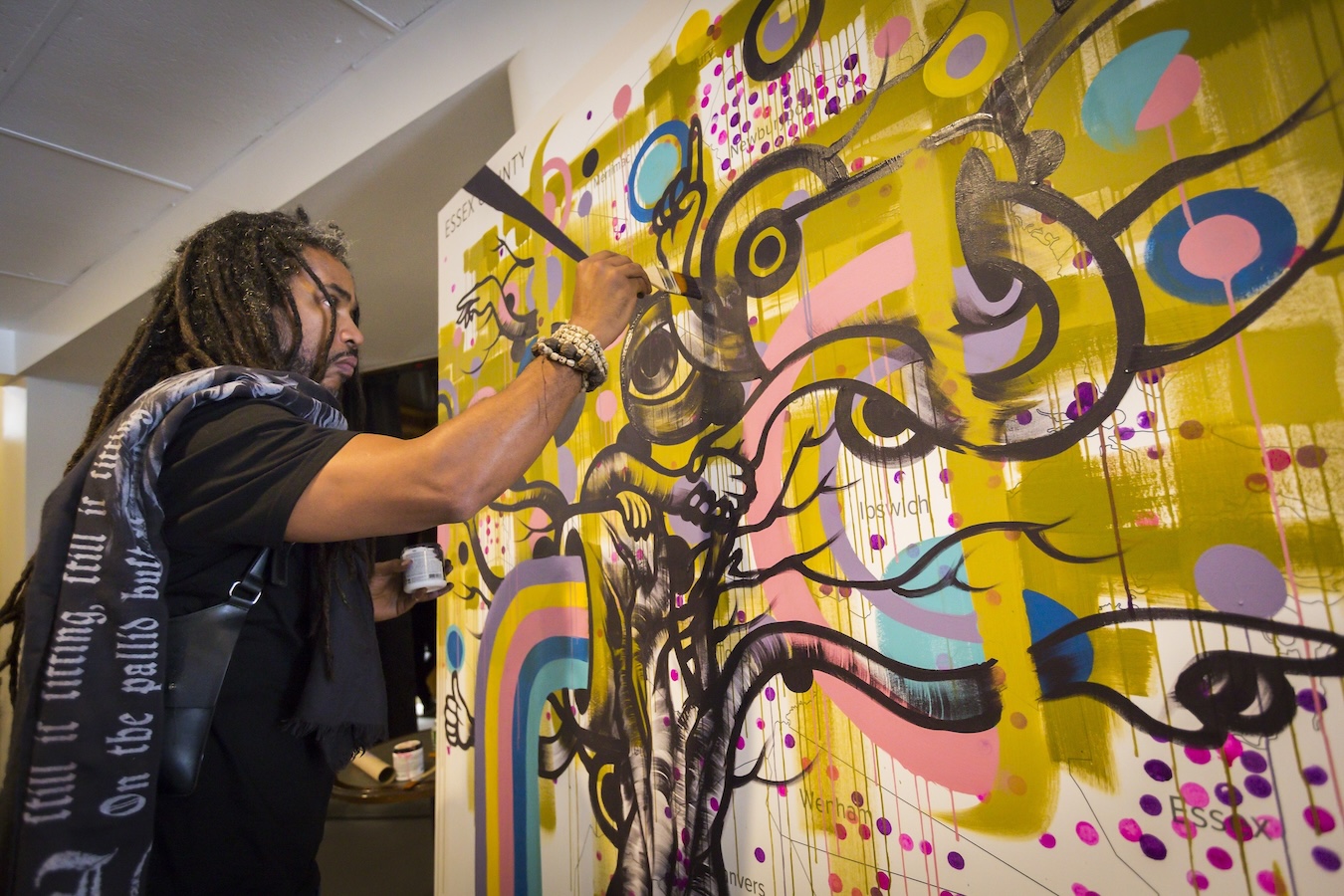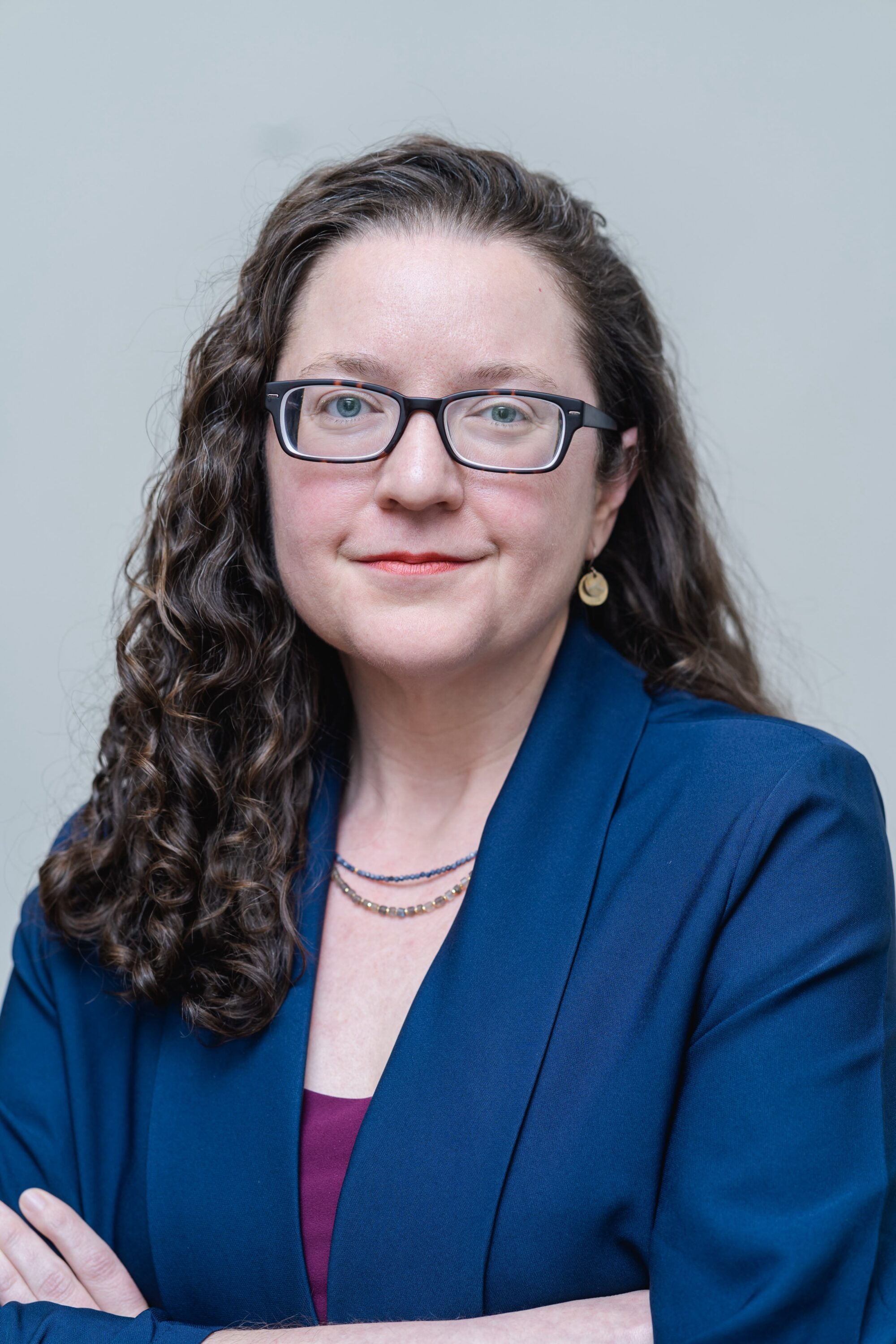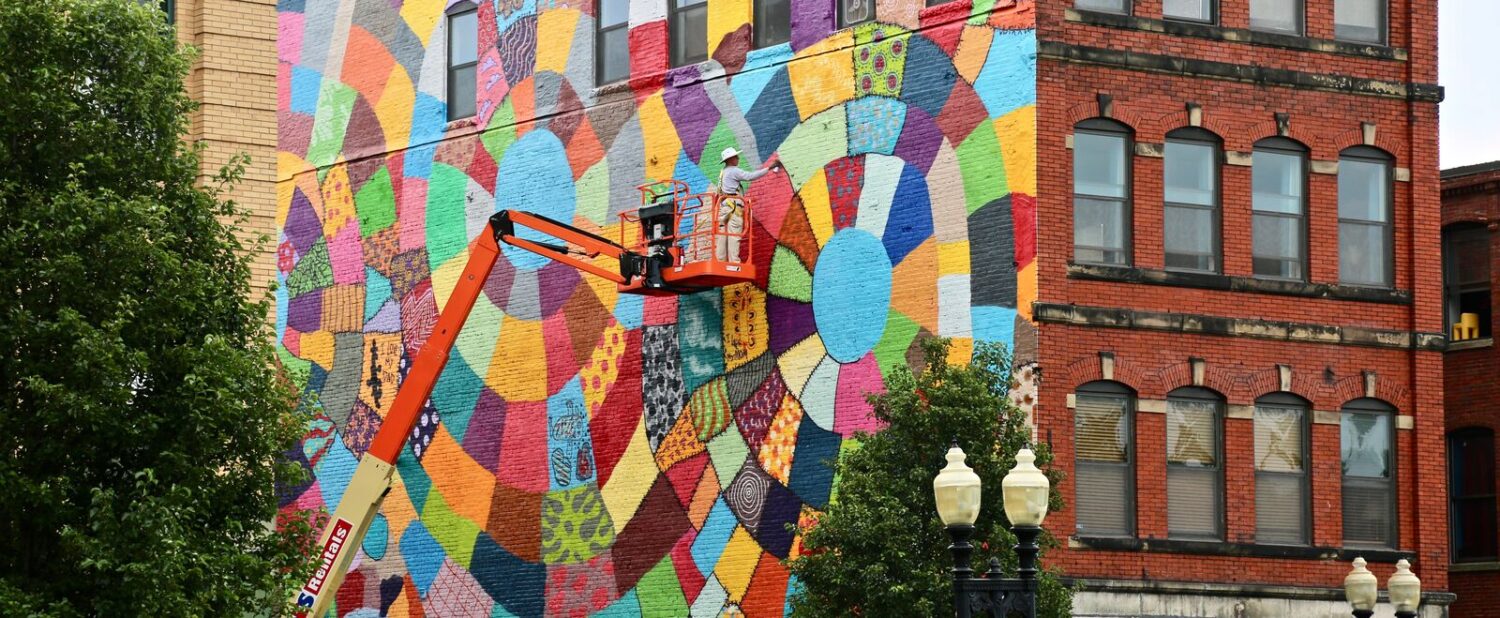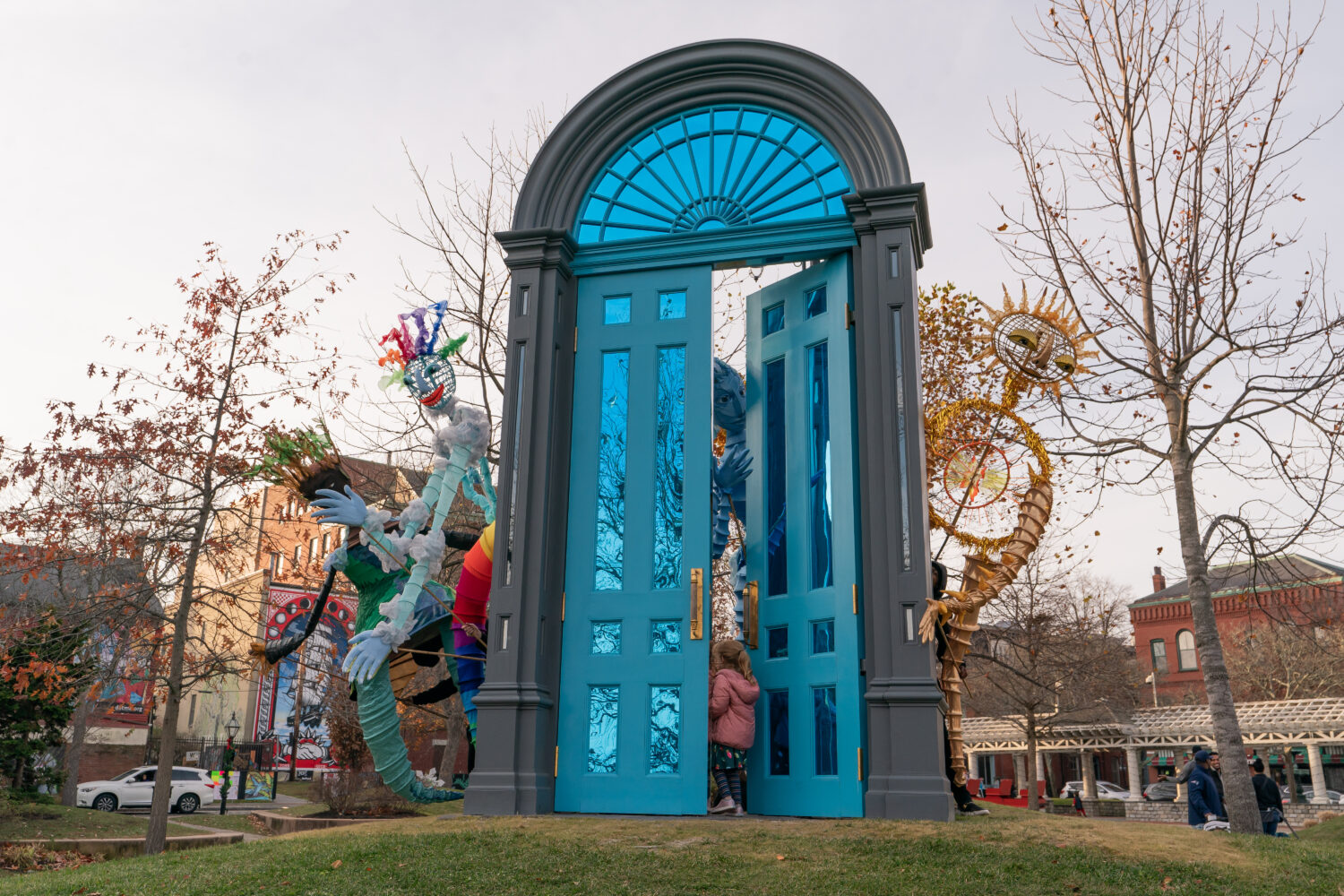Art has the power to transform communities, fostering creativity, connection, and cultural enrichment. Understanding how and where arts thrive can guide vital decisions and investments. The new report from SMU DataArts, with support from the Barr Foundation, explores trends in arts vibrancy at the regional level over time and identifies community assets that contribute to this vibrancy. An accompanying map allows arts leaders across the state to visualize local vibrancy and the arts organizations informing these rankings. The analysis draws upon SMU DataArts’ Arts Vibrancy Index, combining data from nonprofit arts and cultural organizations with community datato identify 13 factors affecting the health and sustainability of arts communities across the nation.
This report and map aim to inform strategy and decision-making for funders, advocates, and arts leaders. Funders can identify strengths and opportunities within their regions to inform strategic discussions or discover unfamiliar arts groups in their area. The arts vibrancy numbers and visuals provide local advocates an opportunity to celebrate successes and advocate where resources are most needed to ensure communities benefit from a vibrant arts scene. Arts organizations can use the map to better understand their operating context and explore potential collaborations with peer organizations and other local cultural assets.
Understanding Arts Vibrancy Patterns in Massachusetts
In early 2024 SMU DataArts identified Massachusetts as the third most arts-vibrant state in the nation. This new report delves deeper into these vibrant conditions, highlighting strengths and opportunities in three broad categories: arts providers, arts dollars, and government support.
Key Findings:
- Strong Arts Providers. All regions in Massachusetts ranked higher than 55% of communities nationwide in terms of per capita levels of Arts and Culture Employees, Independent Artists, and Arts, Culture, and Entertainment Organizations.
- Employment Trends. Despite the overall strength, every region saw a slight decline in rankings over time with respect to the number of people working in the arts (adjusted per capita).
- Impact of the Pandemic. Losses in earned revenue from program delivery during the pandemic hit Massachusetts regions harder than some other communities around the country, resulting in reduced rankings in Program Revenue across the board.
- Federal Arts Support. Massachusetts regions fared well with federal arts support. All regions scored at least in the 70th percentile for Federal Arts Dollars and Federal Arts Grants, two of the five underlying measures of Government Support, across all four years.
In a breakdown of eight regions across Massachusetts, the Berkshires and Metro Boston maintain high rankings across all measures. In contrast, Worcester, South Shore/South Coast, and Northeast MA tend to have lower ranks. Western MA, North Shore, and Cape and Islands generally fall between the strongest and weakest performing regions. There was a significant disparity in Government Support scores across regions; the Berkshires and Metro Boston received considerably more government support per capita annually than other regions. Notably, Worcester and Northeast MA, which performed at the lowest levels during the four-year period, rebounded dramatically in 2022, landing above the 67th percentile nationally.
Addressing Dataset Limitations in Arts Vibrancy Analysis
To calculate arts vibrancy scores, SMU DataArts draws upon 13 unique measures that cover aspects of supply, demand, and public support for arts and culture, adjusted for cost of living and for population size. To make consistent comparisons across regions and track trends over time, we seek out datasets that are consistently available at the local level. Many of these reliable datasets come from government resources, such as the IRS 990 dataset and Business Pattern data from the US Census Bureau.
Over the last decade, there has been growing recognition of the importance of artistic and cultural activities that take place outside of traditional business and organizational models, such as the 501(c)(3) nonprofit or the individual artist. However, these types of activities are often harder to locate and study using widely available government-generated datasets. Examples of activities not reliably captured in this report include informal or fiscally sponsored organizations that do not report directly to the IRS; cultural activities under the umbrella of organizations like social service agencies, churches, or libraries, and artmakers and culture bearers who do not earn their primary income from artistic activity. In collaboration with the Barr Foundation team, the research team at SMU DataArts conducted a close review of the map to identify potential gaps.Results from this examination led to an enhanced map that includes additional small budget 501(c)(3) arts organizations in Massachusetts with revenues under $50,000.
We invite anyone interested in supporting our cultural ecosystems to join us in exploring how we can continue to grow our understanding of this landscape. What cultural assets in your community are missing from this picture? Are there additional datasets or novel ways of working with data that could be used to deepen our measures? How can advocacy and coalition building be used to extend the datasets that are available? And finally, how can the data-driven methods showcased in this report be combined with other methodologies to deepen our understanding of how vibrant cultural ecosystems operate? The statewide arts vibrancy map referenced above has a linked form to allow anyone to submit an update to the map, and we welcome outreach and further conversation on these broader questions as well.
Expanding Arts and Cultural Mapping Efforts
There are several notable efforts to catalog and map arts and cultural assets using methods that that are rooted in community and draw from varied disciplines such as ethnography. For example, Mosaic Atlas produced by Mosaic America includes a comprehensive database and map of assets rooted in over 120 culturally distinct communities in the San Francisco Bay Area. In New England, CreativeGround, a project of the New England Foundation for the Arts, provides a dynamic regional directory that celebrates and reflects the vital work of New England’s artists, creatives, culture bearers, creative organizations, and businesses. HueArts NYC, a project initiated by Museum Hue, the Laundromat Project, and Hester Street, has created a digital map capturing arts entities led by Black, Latinx, Indigenous, Asian, Pacific Islander, Middle Eastern and all people of color organizing in New York City. These projects provide a deep and nuanced understanding of their regions by using methods developed by and for the communities often left out of existing datasets. These varied approaches can inform and inspire each other.
Massachusetts’ arts leaders, funders, and advocates have much to be proud of regarding their state’s arts and cultural vibrancy. This new report and map offer insights into ways to further bolster arts vibrancy and access throughout the state. The aim is to spark and sustain conversations about how to grow the understanding of where and how arts and culture flourish in all its forms, ultimately leading to better funding, support, and growth of these activities for the benefit of everyone in Massachusetts.





